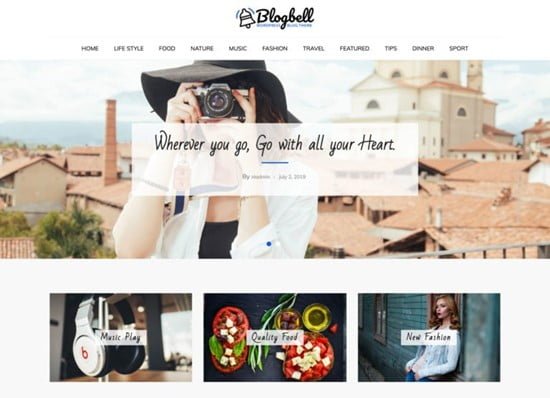Your brand is what people associate with your company. It is more than the logo stamped on your web pages and products, although it definitely includes it; branding involves the design of your products and spaces as well, whether physical spaces like retail shops or digital spaces like your company website, and perceptions of company values and professionalism.
Apple is a great example for companies keen on enhancing and harmonising design across all elements of their production process from product and packaging to office and retail space ‒ even their whole eco-system of apps and services. Apple’s strategy has always been to immerse its users in a ‘different’ world, and its success at this was no doubt without design genius. Apple’s former CEO and co-founder Steve Jobs was always known to be a design-Nazi ‒ he was always particular about the appearance of a product at all levels and not just about its function. Apple’s intuitive designs and user interfaces are perhaps what set it apart from other computer manufacturing firms like Microsoft, IBM and Xerox in its early days which were mainly focussed on enhancing function in their products and services.

Appealing to your target audience is an important part of branding. It is important to conduct sufficient market research to understand your customer base. Who are they? What are their interests? How can you attract them? Most of Apple’s laptops are very obviously catered to the young and design savvy with their sleek and “light” designs. University students form one of Apple’s largest consumer bases for its laptop products and this gives the impression that Apple products are “tech-savvy” and “smart”. Thus Apple gets earned publicity and indirect advertisement just by targeting a particular group of its consumer base with its appropriately crafted designs. Targeting a demographic group that fits the brand image you want to promote may be a potent tool you might want to consider in establishing your company’s position in a certain field.
Consistency is important in branding. A company that is consistent on all fronts appears more trustworthy regarding its expressed mission and values. If your company does blogging, ensuring that all your blog posts are aesthetic is important. A dull/unthoughtfully designed post gives the impression that you are just putting out posts for the sake of search-engine-optimisation and to appear knowledgeable in your field. Prospective clients might be turned off just because of this because it shows a lack of consistency and sincerity.
Appearing professional starts before a meeting with clients. A well-designed webpage with a suitable colour palette and proficient use of a language medium is highly important in getting potential customers to take you seriously. It communicates that you are well-established and that those in charge have a certain level of education or experience in the geographical region which you are attempting to reach.


